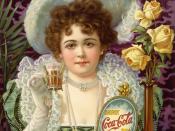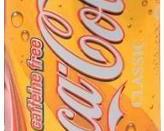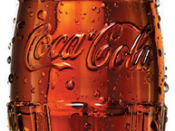Samuel David Sims Jr.
November 10, 2013
Introduction to International Business
Francisco Paredo
Coca-Cola (The Growing Strategy)
The Coca-Cola Company is the world's most valuable brand. It "markets four of the world's top five non-alcoholic sparkling brand, the others being Diet Coke, Fanta, and Sprite" (Business Source, 2011). Their products are sold in more than 200 countries worldwide. The Coca-Cola Company has been through several changes to achieve this level of branding. CEO Roberto Goizueta pushed the company to become a global company, creating a one-size-fits all strategy that was built around standardization. Douglas Ivester came in after Goizueta and followed his lead. However, the strategy lost its momentum and Douglas Daft came in and instituted a 180-degree shift in strategy. We will look into the strategies of these three CEO's and learn how these strategies affected Coca-Cola's growth.
1. Why do you think that Roberto Goizueta switched from a strategy that emphasized localization towards one that emphasized global standardization?
Roberto Goizeta switched from a strategy that emphasized localization to a strategy that emphasized global standardization.
Localization - high pressure for local responsiveness, low presser for cost reduction
Standardization - low pressure for local responsiveness, high pressure for cost reduction
I believe Goizueta wanted to save money by cutting advertising and using the same advertising worldwide. He also wanted to save some cost by cutting cost in the workforce by centralizing the decision making to their headquarters in Atlanta, GA. Goizueta also believed that the main difference between the US and international markets was the lower level of penetration in the international market. He clearly wanted to focus more on the brand and not the markets.
What were the benefits of such a strategy?
One writer argues that the optimum global strategy is to produce a single standardized product and...


